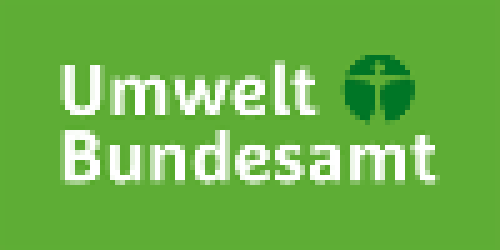meta data for this page
Differences
This shows you the differences between two versions of the page.
| Both sides previous revisionPrevious revisionNext revision | Previous revision | ||
| sector:ippu:pops_and_hm_consumption:start [2022/08/09 13:19] – external edit 127.0.0.1 | sector:ippu:pops_and_hm_consumption:start [2023/04/19 11:37] (current) – [Short description] kludt | ||
|---|---|---|---|
| Line 3: | Line 3: | ||
| ===== Short description ===== | ===== Short description ===== | ||
| - | ^ Pollutant | + | __Former pesticides__: |
| - | | Aldrin | + | |
| - | | Dieldrin | + | |
| - | | Chlordane | + | |
| - | | Toxaphen | + | |
| - | | Mirex | + | |
| - | | Endrin | + | |
| - | | Heptachlor | + | |
| - | | Hexachlorobenzene | + | |
| - | | Polychlorinated Biphenyls (PCBs) | + | |
| - | | DDT | + | |
| - | | Polychlorierte Dibenzo-p-dioxins (PCDD) | + | |
| - | | Dibenzofurans (PCDF) | + | |
| - | | HCH (Lindan) | + | |
| - | <WRAP center round important 60%> | + | The PCP ban was enacted in 1989 with the PCP Prohibition Ordinance. |
| - | None of the twelve initial POPs under the Stockholm Convention (Aldrin, Dieldrin, Chlordane, Toxaphene, Mirex, Endrin, Heptachlor, Hexachlorobenzene (HCB), Polychlorinated biphenyls (PCB), DDT, Polychlorinated dibenzo-p-dioxins (PCDD), Polychlorinated dibenzofurans (PCDF)) | + | The use of lindane was severely restricted in the 1980s; there is no longer any approved lindane-containing wood preservative |
| - | Some processes unintentionally release POPs (such as PCDD and PCDF, polychlorinated biphenyls (PCBs) and hexachlorobenzene (HCB)). | + | __HCB__: In the Federal Republic of Germany, HCB-containing pesticides may no longer be used since 1981; in the GDR, the ban has been in force since 1984. More information is given in chapter [[sector: |
| - | HCH (Lindan) is still used as active ingredient against head lice for public health | + | __Dioxins__ nad __furans__ are neither produced or applied intentionally but are by-products that can be formed unintentionally in all combustion processes in the presence of chlorine |
| - | </ | + | __PAHs__ occur as impurities of other substances or in uncontrolled combustion processes. |
| + | // | ||
| + | __PCBs__: Source category 2.K considers PCB emissions from use of polychlorinated biphenyls (PCBs) in transformers, | ||
| + | |||
| + | However, data on open applications in buildings are subject to large uncertainties; | ||
| + | |||
| + | An emission factor in the 2019 EEA/EMEP Guidebook is only be reported for PCB. As the calculation simply is linked to the capita disregarding existing prohibitions this emission factor would lead to unjustified high emissions. | ||
| + | |||
| + | //For this reason and to be consistent with the reporting Guidelines, the notation key NE for PCB and NA for the other pollutants is used in the NFR tables. | ||
| + | // | ||

